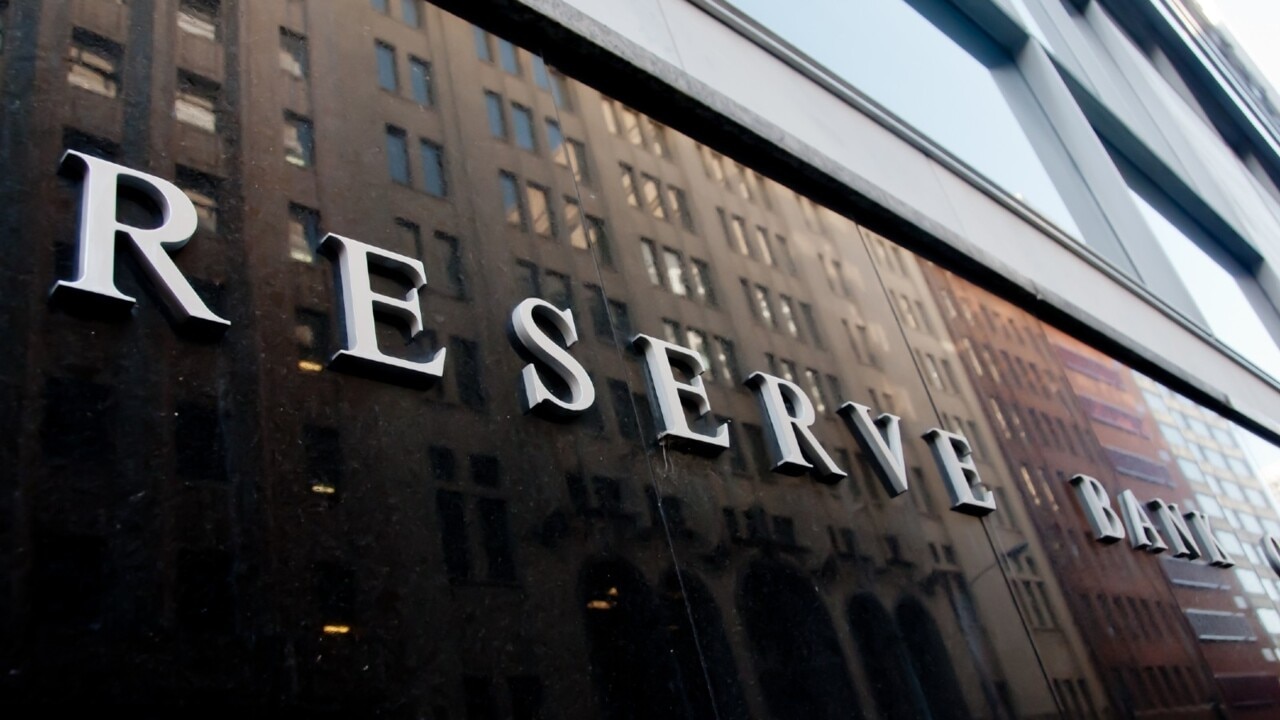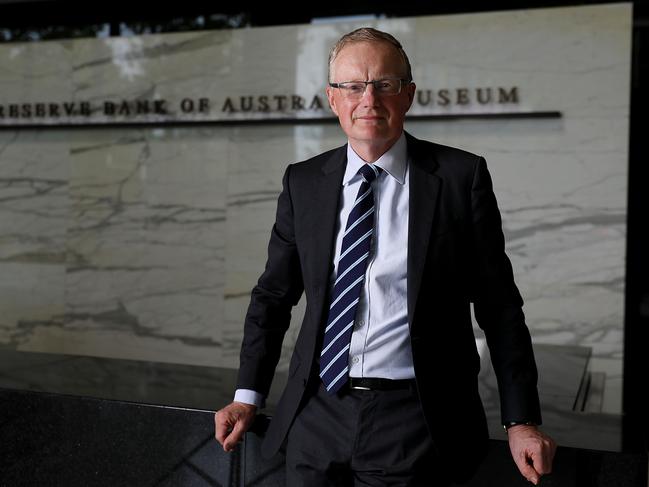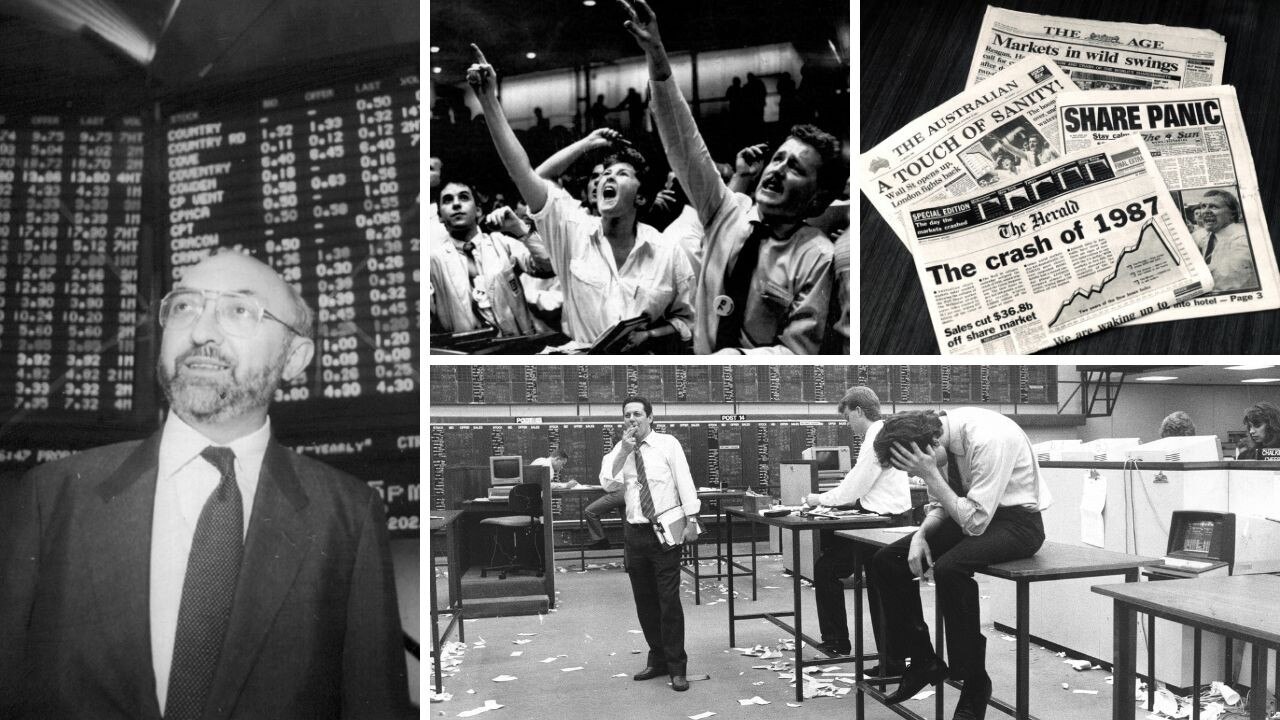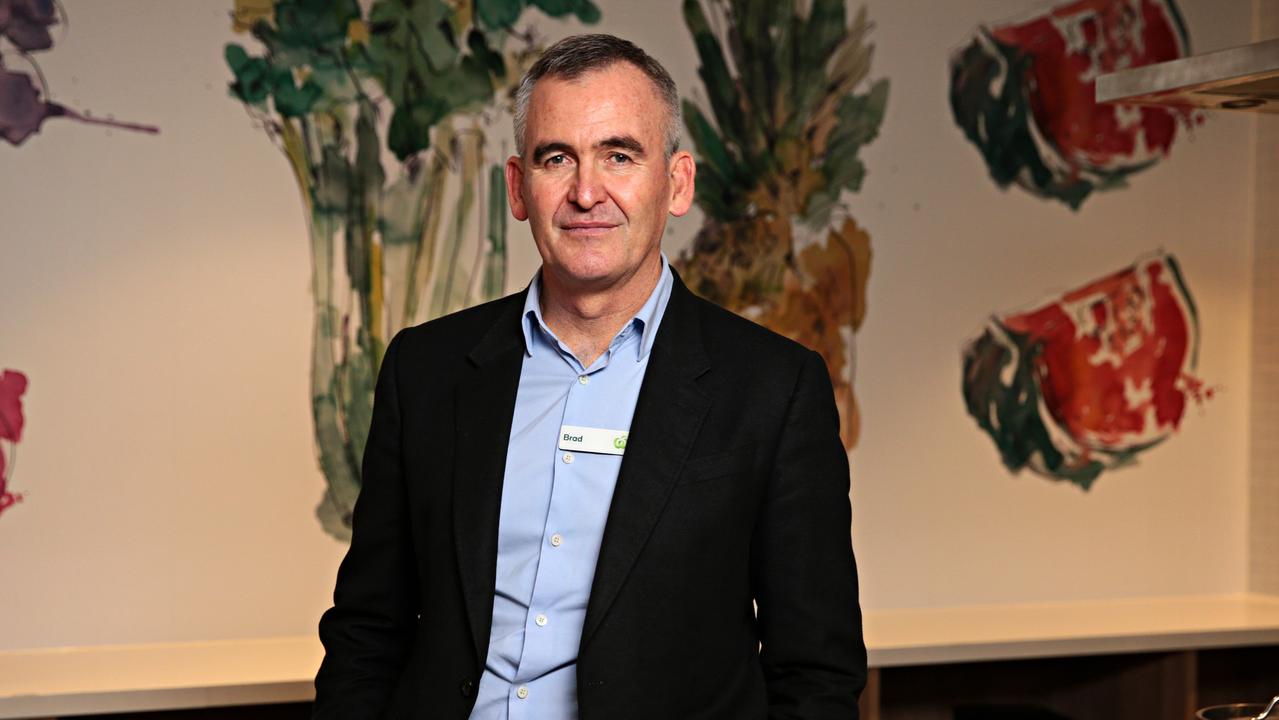All eyes on interest rates in 2022
Outside of Covid the big talking point next year will be about whether interest rates go up, and if so how quickly and by how much?

Terry McCrann
Don't miss out on the headlines from Terry McCrann. Followed categories will be added to My News.
Perhaps the most important questions for most Australians as we head into 2022 revolve around interest rates: will they go up, and if so how quickly and by how much?
I mean, obviously, the most important FINANCIAL questions; the most important questions more broadly are about Covid. What will happen with Covid – is the nightmare really, finally, largely behind us; and, irrespective, what will governments do? About it, and to us?
Something like four out of every ten Australian adults have a housing loan; probably half as many again would like to have a housing loan. So what happens to interest rates is crucially important to them.
That’s to say, about 40 per cent of Australians are buying their homes with a mortgage, and another 20 per cent or so would like to be buying a home and have a mortgage but currently have to rent.

A further 30 per cent of mostly older Australians have paid off their home loans. Interest rates
matter to them because currently they are getting zero or close to zero on their bank deposits.
Now, only a few months ago, the head of the US Fed Jerome Powell was adamant that the Fed would not lift its official rate away from zero until 2024 at the earliest.
On Thursday Powell did a – semi – 180 and indicated the Fed would now lift its rate in 2022 and lift it three times. I put that qualifying ‘semi’ in there, because he’s still saying that he’ll only make the first hike in mid-2022, and those three hikes would still leave it below 1 per cent, at just 0.75 per cent.
In my judgment he should have announced an immediate lift to 1 per cent on Thursday. Indeed, he should have done that months ago; Thursday ‘should have been’ an announcement that it was going to (at least) 2 per cent, with US inflation running at 7 per cent.
Now I started with what’s happening in the US because our own Reserve Bank Governor Philip Lowe had also been stating there would be no increase in the RBA’s rate from the same zero (0.1 per cent) until the same 2024 at the earliest.
So, very simply, are we going to see a same 180 from our man? Or are things in Australia ‘different’?
Now, Lowe’s messaging has changed in recent weeks. At a speech in Wagga Wagga – interestingly and coincidentally just hours after Powell’s shift – Lowe said that the RBA forecasts meant the conditions for a rate rise “will not be met next year”.
Right now, things ARE different in Australia.
In the US inflation is just under 7 per cent. It looks likely to go above 7 per cent. It’s been above 5 per cent since May.
In Australia, inflation was 3 per cent in the September quarter, but for most of the year – indeed, for most of the past six or more years – it’s been around 2 per cent.
The critically important difference – because the one thing we should fear is an interlocking wages-prices spiral – is what’s been happening to wages.
In the US wages grew 4 per cent in the year to the September quarter; but they actually leapt at a 6 per cent annual rate in the quarter itself.
In Australia wages grew only 2.2 per cent in the year to the September quarter; they increased only at a 2.4 per cent annual rate in the quarter itself.
Now in my judgment – subject crucially to what happens with Covid over the next month or two, and on in turn to what then happens with the immigrants, the students, the backpackers, the specialist visa holders, all crucial to providing workers – we WILL see inflation kick up and hold above 3 per cent.
We will also see wage rises kick up to 3 per cent and higher.
So, yes, we are not anywhere near the US inflation situation; and we are not going to be anywhere near there early in 2022, so there’s no prospect of a rate rise from the RBA at its first meeting back in 2022 at the start of February.
As many NEW borrowers have been finding out in recent weeks though, that doesn’t mean rates on FIXED-RATE home loans haven’t been going up. They have, because they are linked more to yields in the bond market, compared with variable rate loans, but which have also been edging very slightly higher.
Ahead of its February meeting, the RBA will get the December quarter inflation numbers. They will be ‘interesting’. But it won’t get the next wages numbers until later in February ahead of its March meeting.
That’s when we will really start to focus on the ‘if’ and ‘when’ of rate rises, in the broader context of what’s happening with Covid and those foreign workers.




